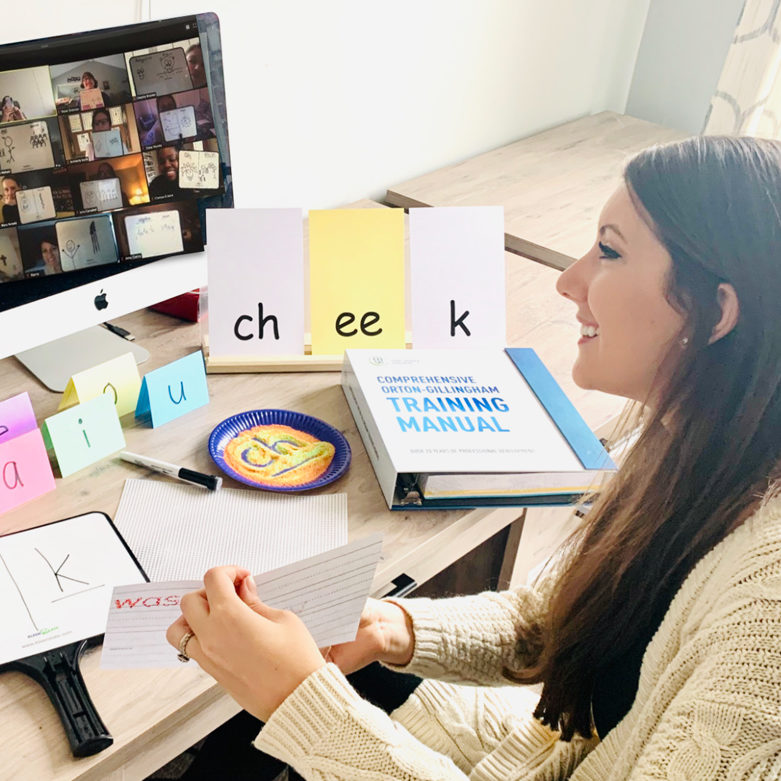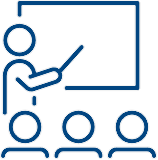Orton-Gillingham Training
The Orton-Gillingham approach introduces the idea of breaking reading and spelling down into smaller skills involving letters and sounds and then building on these skills over time.
How Do I Learn to Teach Orton-Gillingham?
To properly teach the Orton-Gillingham approach, teachers must complete specialized training. Several training programs accredited in Structured Literacy incorporate the Orton–Gillingham approach. These programs use the Science of Reading research to drive all instruction so that educators are equipped with the tools, resources, and skills they need to integrate research-based, explicit, systematic, and multi-sensory instruction into their curriculum.

Orton-Gillingham Training for Dyslexia Specialists
Orton-Gillingham is widely used to teach students with dyslexia, and the components behind it have been well researched for many years. It is designed to aid students in mastering language skills through structured, direct, multisensory, and individualized instruction. The Orton-Gillingham approach to reading is not a program or system with structured, pre-planned lessons but rather a comprehensive teaching approach to develop effective interventions for students with dyslexia.

Orton-Gillingham Training for General Education
Decades of reading research have shown that reading is not an innate ability. Unlike learning to speak, children must receive explicit instruction to learn how to read. Many school districts are now unlocking the power of Orton-Gillingham reading instruction in their general education classrooms–not just in 1:1 or remedial settings. Orton-Gillingham has long been associated with dyslexia. However, the method is now part of a complete classroom approach to general reading and writing instruction.

Orton-Gillingham Training for Parents and Tutors
Several of the key principles of Orton-Gillingham instruction, being diagnostic, prescriptive, and flexible, can be summed up by explaining that the lessons are individually designed for each child. Pacing, review, word choices, and even the precise sequence of lessons are decided based on the child’s performance and response to instruction.

How Do I Advocate for
Orton-Gillingham Training in My Classroom?
Teachers should look for professional development in literacy instruction that is founded in the Science of Reading, utilizes methodologies like Orton-Gillingham, focuses on explicit instruction, and is practical. In other words, teachers should be able to immediately implement what they have learned when they go back into the classroom.
View all of the latest articles and research about Orton-Gillingham and Structured Literacy
Expand your knowledge on Orton-Gillingham history and the Orton-Gillingham approach

Learn more about live-virtual,
in-person, and asynchronous training options
See Orton-Gillingham as a Part of Structured Literacy Training in Action
Structured Literacy can ensure that students are equally exposed to important foundational literacy skills in a sequential, systematic, and cumulative way.
